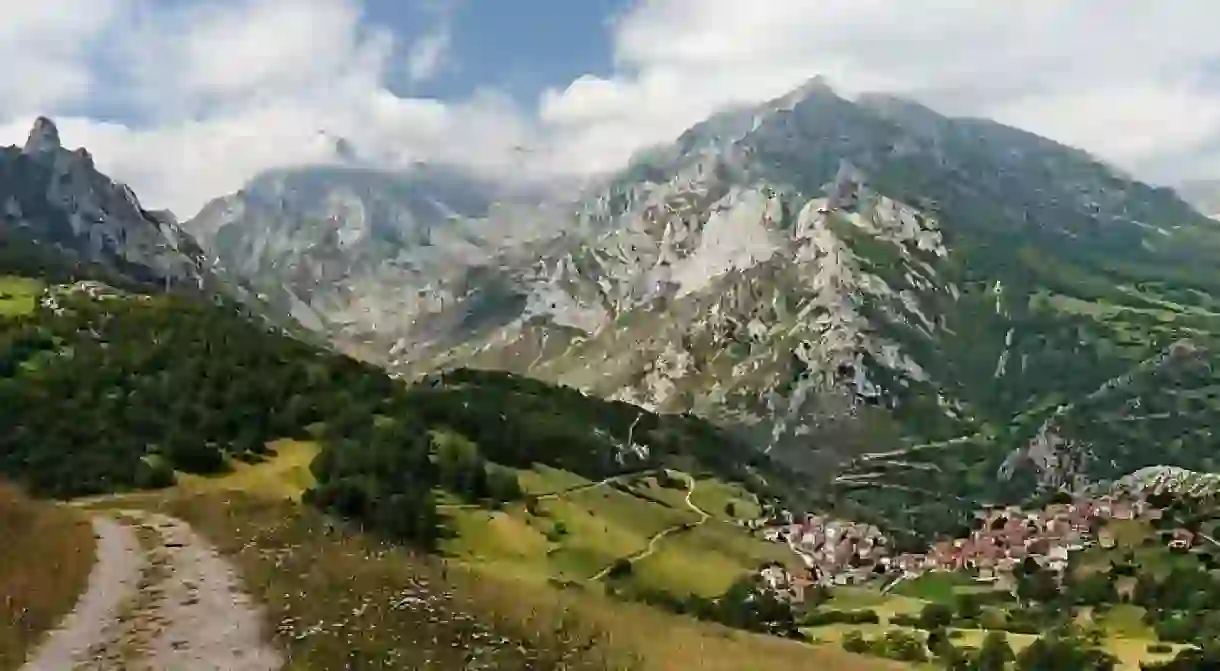Best National Parks In Spain

Spain is home to a total of 15 national parks, located across the Iberian Peninsula, as well as in the Canary Islands and the Balearic Islands. There are parks ideal for wildlife watching, for hiking and mountaineering, for those who love the sea and beaches, and even winter sports lovers.
Sierra Nevada, Andalusia
Located in the provinces of Granada and Almeria, the Sierra Nevada National Park is home to some of Spain’s highest mountain peaks, including Mulhacén, the highest in the Iberian Peninsula at 3,482 meters. Besides adventure sports such as hiking and mountain climbing, it also plays host to one of Spain’s best ski resorts.

Doñana, Andalusia
Situated in the Andalusian provinces of Sevilla and Huelva, Doñana is one of the most important ecosystems in Spain and covers an area of 543 kilometers squared. It is located at the delta of the River Guadalquivir and is characterized by wetlands, streams, marshes, and sand dunes. Wildlife species that call the park home include mongooses, badgers, red and fallow deer, wild boar, and Iberian lynx. Bird watchers are in for a treat as the park is also home to many European and African migratory bird species, including the Spanish Imperial Eagle.

Picos de Europa, Asturias
One of the first national parks in Spain, the Picos de Europa covers an area of more than 650 kilometers squared and is located between the provinces of Asturias, Leon, and Cantabria in the Pyrenees. The park features soaring peaks, woodland and mountain lakes, and only a handful of villages with a population of around 1,300. Keep your eyes peeled for protected animal species here, such as the Iberian wolf and the Cantabrian brown bear, as well as the more common chamois (a cross between a goat and an antelope), and ibex.

Timanfaya, Canary Islands
Situated on the island of Lanzarote, Timanfaya National Park is also a UNESCO biosphere reserve and is characterized by its barren black and red volcanic landscape. The Montañas del Fuego (Fire Mountains) were created between 1730 and 1736 when many volcanic eruptions occurred, however today there is only one active volcano left in the park — Timanfaya itself. This is evident from the dramatic steam geysers that shoot high up into the air from below the earth. The park has two routes, which you can explore on an organized walking tour, coach trip, or even by camel. Make sure to check out the Diablo Restaurant, where your food is cooked using geothermal heat.

Teide, Canary Islands
The national park is located on the island of Tenerife and is centered around Mount Teide, an active volcano and the highest mountain in Spain. The park is also a UNESCO World Heritage Site and is the most visited National Park in Spain and Europe. If you don’t feel like climbing to the top to enjoy the views, you can always take a cable car, marvelling at the volcanic landscapes, craters, and lava flows below.

Illas Atlánticas de Galicia, Galicia
Covering the archipelagos of Ons, Cortegada, Cies, and Salvora, Illas Atlánticas de Galicia is the only national park in the province of Galicia, in the northwest corner of Spain. The park covers both land and sea, and features everything from forests to sandy beaches to underwater seaweed gardens. Wildlife to look out for here include dolphins, sea anemones, corals, and sea birds such as guillemots and razorbills.

Cabrera Archipelago, Balearic Islands
The Cabrera Archipelago is part of Spain’s Balearic Islands and like Illas Atlánticas de Galicia, covers both land and water. It is known for its wealth of bird species and has also been declared a Special Protection Area for birdlife. Other species here include dolphins. Access to the park is limited to organized tours and specific areas such as the natural harbour, lighthouse, and old 14th-century castle.














